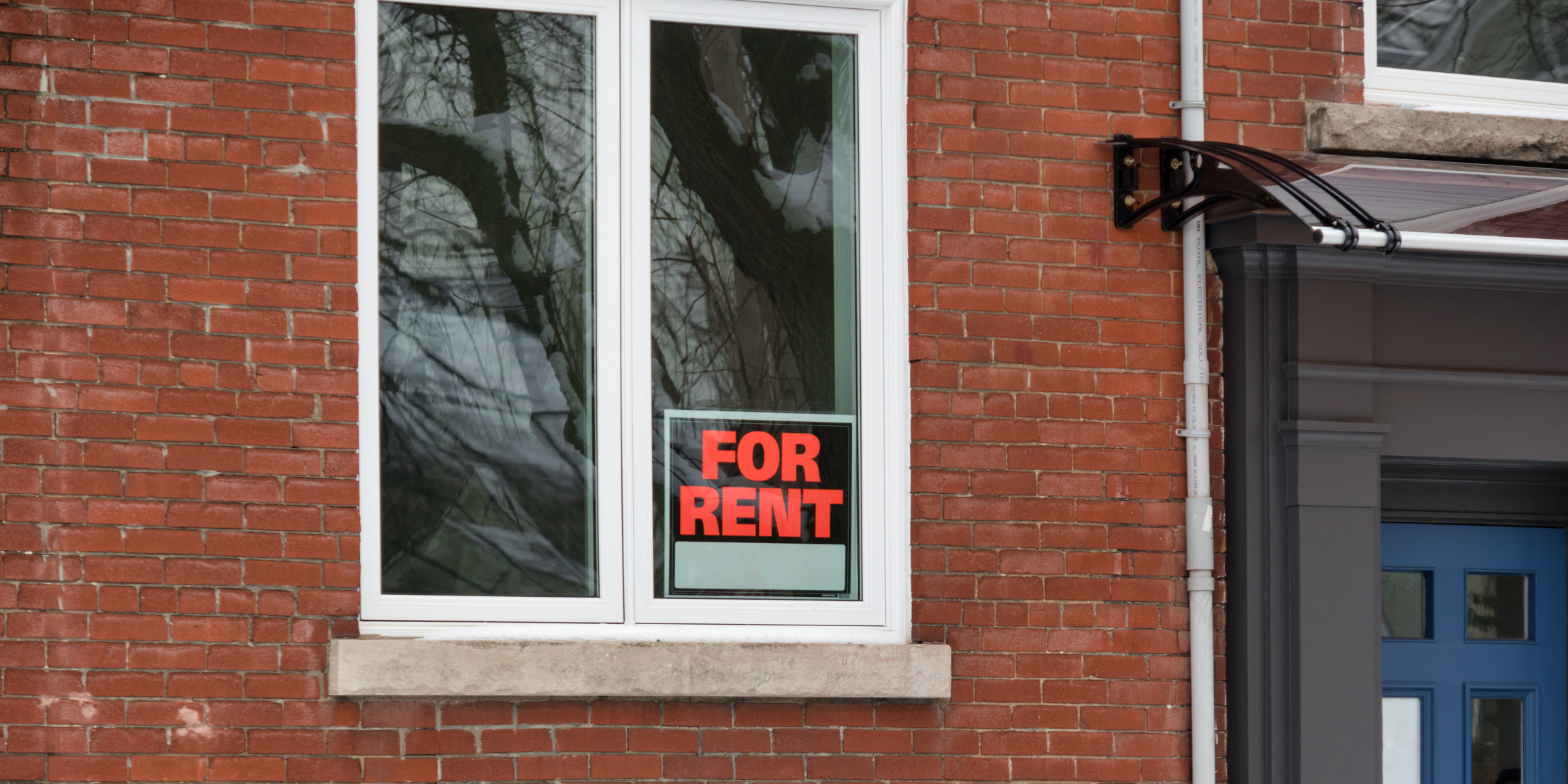Safety tips for tenants

Criminals prefer to act anonymously, and will look for properties where they won’t be seen or identified. Good property owners know this, and will make their properties visible to neighbors and police. Taken along, few of the following crime prevention techniques will have a significant impact. Taken together, they will deter some criminals from wanting to move onto the property.
Principals Used for Crime Prevention:
- Community facilities. Recreational or other facilities encourage neighbors to become acquainted.
- Architectural planning. Alcoves and concealed areas where an intruder could gain entry unnoticed are nonexistent or minimal. Off-street parking is provided in a secure place with controlled areas.
- Lighting. Entrances, walkways, parking lots, complex perimeters, activity areas, and backyards should be lighted. Motion or light sensitive lighting is especially good. Consider visiting the property at night, to be sure.
- Fencing. All parking areas adjacent to the perimeter of the community have a six foot fence, or a wrought iron barrier to the outside, to deny access from the outside and to prevent parking lots from being used as shortcuts. Where possible, fence design should allow for visibility.
- Landscaping. Bushes around windows and doorways are well trimmed and do not impair the view of entrances and windows. Appropriate plants are used as barriers to ground floor apartment windows.
- Clearly-posted address. Only the drug house operator will benefit if the address is difficult to read from the street. If the community consists of several buildings, each building is identified on at least two sides with large building numbers clearly visible to adjacent parking areas both day and night. Responsible property owners will take the applicant screening process very seriously.
- Permanent map (for large communities). Located at each driveway entrance, this includes a “you are here” point of reference. The maps are clearly visible in all weather and well-lit.
- Door/locks. Every apartment has solid core entrance doors with case-hardened steel single- cylinder deadbolt locks, one inch throw bolts, and corresponding security strike plates. These doors are equipped with a 180° peepholes.
- Security for common areas. Laundry rooms and storage areas are locked. Doors which are otherwise locked are not propped open. There is control over who enters and leaves the building.
Neighborhood Appearance:
A clean, well-kept neighborhood is a positive indicator, but appearances can be deceiving. Talk to neighbors to get a sense of what kind of area it really is. Be able to recognize warning signs like graffiti, features of a neighborhood that suggest the presence of criminal activity like unusual traffic or suspicious persons.
Property Owner’s Responsibility:
Responsible property owners will take the applicant screening process very seriously. Don’t be put off by application fees or deposits,and don’t be insulted by detailed questions on the application. If the property owner is scrutinizing your application, you will have the peace of mind of knowing that other renters are being screened equally as well, and that the risk of illegal activity occurring in the area is reduced.
Effective property owners and managers:
- Are active managers.
- Are committed to providing quality communities to honest tenants, and keeping dishonest tenants out.
- Will thoroughly screen each applicant using credit checks, and other means.
- Conduct periodic inspections of the residence and surrounding community.
- Encourage community gatherings so that neighbors can get to know each other.
- Will have rental provisions such as: no sub-leasing; only those listed on the rental agreement can occupy the unit; no drug activity will be tolerated.
- Will live up to their responsibilities, assuring that the community is kept to a high standard.
Your Role as Tenant:
Now that you’ve scrutinized your future unit, neighborhood, and landlord, you may wish to take a look at yourself.
As a tenant, you are required:
- To use the various parts of the premises (including electrical, plumbing, sanitary, heating, ventilating, etc.) in a reasonable manner.
- To keep the premises as clean and safe as the condition of the premises permits.
- To dispose of garbage, ashes, rubbish and other waste cleanly and safely.
- To keep plumbing fixtures clean.
- To care for the residence and not destroy, deface, damage, impair, or remove any part of the premises or permit another person to do so.
- To respect your neighbors and not disturb anyone’s peaceful enjoyment of the premises.
- Failure to meet your responsibilities as a tenant can mar your rental history and, in the future, make you an unattractive applicant to a responsible landlord. But don’t stop here— do more than the minimum: become involved in your new neighborhood, watch out for your neighbors, assist your landlord in keeping your rental “safe by design”, and report suspicious activity to the police.
- Finally, view your relationship with your landlord, neighbors, and police as a partnership. Everyone of us are allies, not adversaries, and we constitute a force more powerful than crime itself, as long as we are committed to that partnership and the responsibilities it entails.
For more information about crime prevention, contact our District Offices staff:
Sergeant Zach Fay North District Office 22701 Main Street Hayward, CA 94541 (510) 293-7114 |


